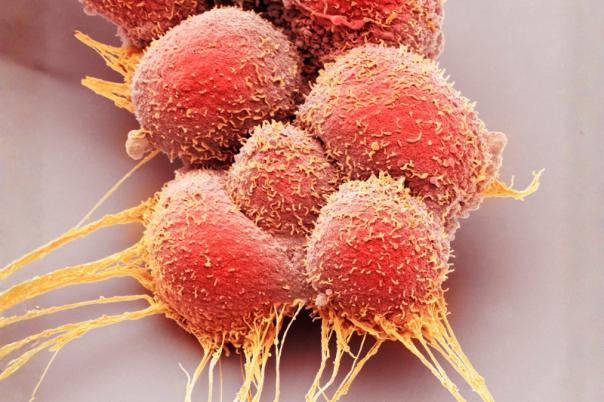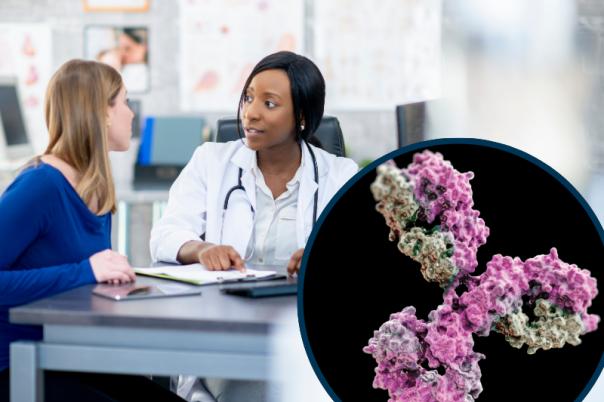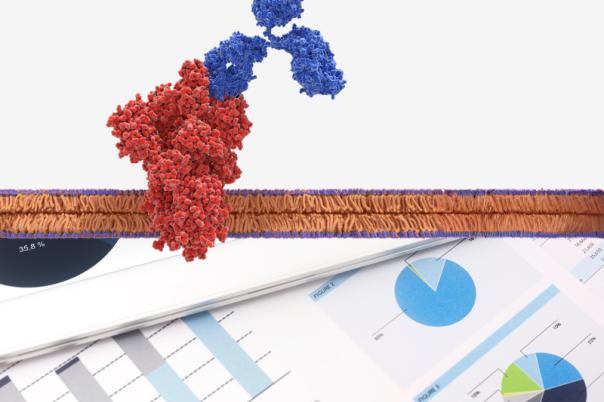Bjorn Onfelt’s group at the Stockholm’s Royal Institute of Technology (KTH) works on implementing new imaging-based assays to study the immune system, particularly T and NK cells. Their imaging aims to Investigate the heterogeneity between the individual cells after expansion from healthy and patient donors. Furthermore, their other interest is in solid tumours, seeking to redress the lack of in vitro models and assays that recapitulate the solid tumour microenvironment.
The team’s miniaturised assays allow several different conditions to be compared in parallel. Cells are prepared and placed into microwell chips before they are ready for imaging. Each chamber is set up to investigate a specific condition and contains microwells (300-400μm) where 3D cell cultures can be placed. Alternatively, smaller microwells (60μm) can be used to investigate single cells or 2D cell cultures.
The high-resolution imaging capabilities of the microchips are crucial for observing the interactions between NK cells and tumor spheroids over time. It is critical that the imaging is of a high quality so it can be analysed for cell motility, cell-cell contact, and target cell death. Onfelt’s group use automated image analysis by machine learning to measure these dynamic properties. This allows them to better understand the influence of immune-modulating drugs on immune responses.
Onfelt then detailed two papers outlining their chip types and methods for creating 3D cell cultures. The first chips are designed for 2D or 3D assays, small cell populations rather than individual cells. Each well is about 300μm and sits within chambers making up the larger chip which can fit into most conventional inverted microscopes.
The team use ultrasound to generate spheroids within the microwells. By shaking the chip at certain frequencies creating standing waves, the cells aggregate into tumour spheroids. These were then used to investigate the effects of treatments like cetuximab on NK cell activity.
The other paper shows off a thermoplastic chip. These thin bottomed 96 well plates are made with a material with a refractive index similar to glass for high-quality imaging properties. Rather than using ultrasound, 3D cell cultures are created by tilting the chips for some time to generate tumour spheroids. These were used to investigate the effect of tumour microenvironment treatments on tumour killing.
The lab also employs correlative assays that combine low-resolution time-lapse imaging with high-resolution microscopy to analyse the behaviour of immune cells in response to tumor cells. They aim to utilise primary tumors to create mixed cell types for studying tumor microenvironments and to develop personalised treatments based on these findings.





